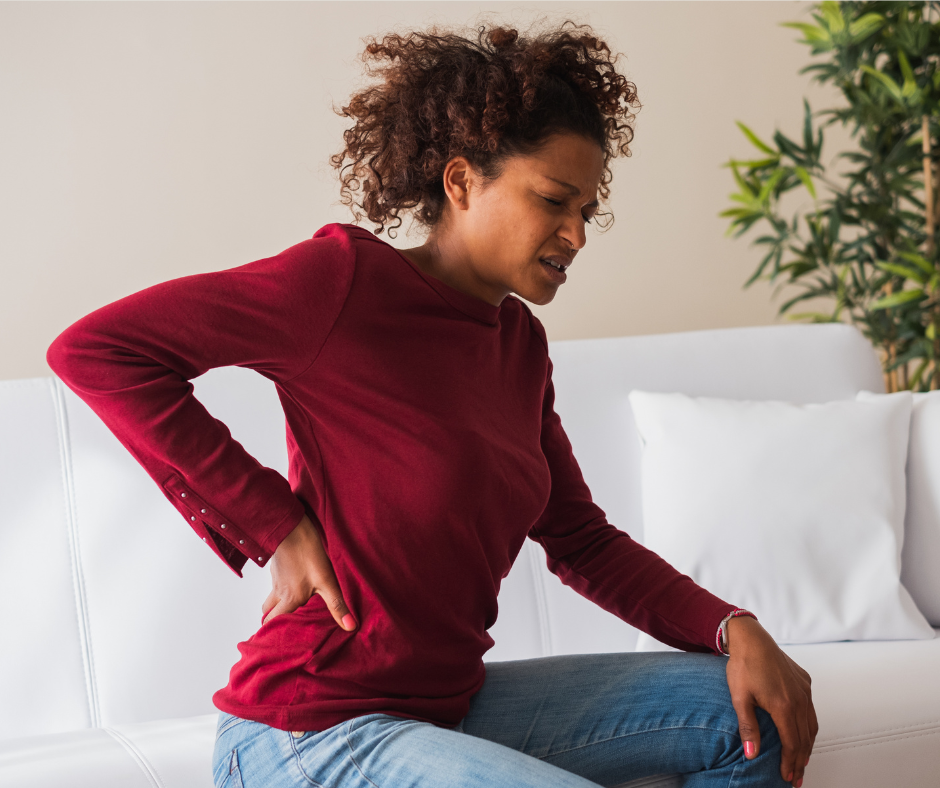
Treating Chronic Pain with out a Pill
This is a 3-part series about chronic pain and the various non-pharmaceutical methods for treating it.
I have had an on/off relationship with chronic pain for decades. Most of it started in my 30’s and 40’s. Growing up in Connecticut which was ground zero for Lyme Disease, I could have had a case of Lyme long before anyone knew what it was. (Unlike the Corona virus, which Donald Trump liked to call The China Virus, this malady actually IS named after the place where it was first discovered: Lyme, Connecticut.)
Mostly this mysterious pain would come on in between seasons, first in the fall when it started getting cold and then again in the spring when it started getting warm. When in my 50’s I developed a small rash that sort of looked like a bullseye, followed a few weeks later by debilitating pain, I finally went to an infectious disease specialist to get tested. She confirmed that not only did I have a recent case of Lyme, the test showed I had had a previous case long ago. This Connecticut-based doctor tried to console me by saying: “Don’t feel bad, my husband has contracted Lyme 13 times!”
Aren’t you glad you didn’t grow up in Connecticut?
I took the antibiotics that she prescribed and felt fine for about a year after that. Quite honestly, it felt like a miracle. But then the pain – to a less intense degree – returned. This time it wasn’t just seasonal, it was episodic. It would come and go, in between seasons as usual and at other times too. Then, about five years after that, I started working out at a Y and taking yoga classes on a regular basis.
I had another remarkable remission of this recurring case of chronic pain. It didn’t go away entirely, but it was MUCH less frequent. That’s when I noticed that when the pain did occur, it would come on right after I’d return from traveling for a week or more. (I’d often drop my exercise routine while away and eat a considerably less healthy diet than I did while at home.)
It didn’t take long before I started making a connection between this pain and the lack of exercise and a healthy diet. Sometimes I’d come to a Yoga class after being away on a long trip and in certain positions (like plow pose) the pain was intense. But as anyone who has ever done yoga knows, you can always modify your postures, to dial back the intensity. And that’s exactly what I would do, while making sure to come to class each day for at least a week. Every single time I followed this daily yoga regimen the pain would vanish within about 5 days.
Back then, it was my belief that stretching my muscles – in the area around the intense pain – was the key to relieving that pain. However, one of my yoga teachers – around that same time – starting talking about the connection between chronic pain and “the fascia.” This was a term I’d never heard before. She would say that yoga not only stretched the muscles but also a thin layer of tissue outside the muscles running throughout the body known as fascia.
My Yoga teacher explained long before anyone else was talking about this: that working the fascia through yoga and massage (she was also a massage therapist) and using a foam roller (follow this link to a foam roller demo video that can be found on My Stress Tools) could help people sometimes relieve mysterious sources of pain. Quite honestly, I put her prescient advice in the category of some of the unsubstantiated health claims yoga teachers often make, and didn't make much of it.
Lately though, I’ve been reading a LOT about fascia and the link to chronic pain or what doctors call MyoFascial Pain Syndrome through credible sources like the Cleveland Clinic. The Cleveland Clinic describes this problem as follows: “Myofascial pain syndrome is a chronic condition that arises from inflammation in your muscles and fascia (the thin, connective tissue that surrounds your muscles).
“Myo” means muscle and “fascial” means fascia. If your body was an orange, your skin would be the outside orange peel, your muscles would be the fleshy orange fruit itself and the thin white membrane surrounding each orange segment would be the fascia. Fascia surrounds every level of muscle tissue — muscle fibers, single muscles and muscle groups.”
So now I’m now thinking maybe I have a case of Myofascial Chronic Syndrome
In the above link to the Cleveland Clinic, you’ll see that two of the recommendations for treating Myofascial Pain Syndrome just happen to be to practice yoga and use a foam roller. So, as it turns out my yoga teacher was right all along.
Part 2 of this series will more deeply explore the relationship between fascia and chronic pain. And in part 3 we will look at how you can prevent myofascial pain syndrome.





James Porter
Author